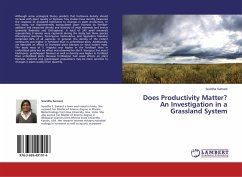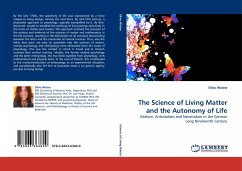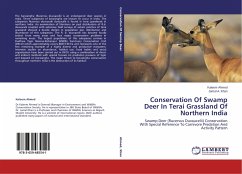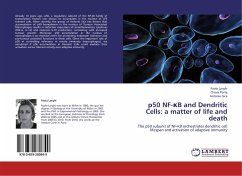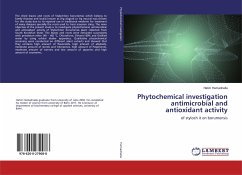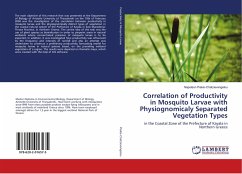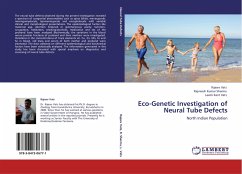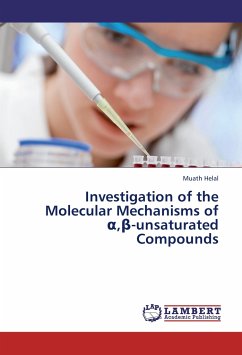Although some ecological theory predicts that herbivore density should increase with plant quality or biomass, few studies have directly measured the response of grassland herbivores to changes in plant production. In this study, we experimentally manipulated plant biomass by fertilizer addition and measured density and diversity of small mammals and insects (primarily Rodentia and Orthoptera). A total of 245 small mammals representing 9 species were captured during the study but three species (Peromyscus leucopus, Peromyscus maniculatus, and Sigmodon hispidus) comprised 82% of all captures. In general, the density of the rodent community was higher in fertilized than in unfertilized plots. Additionally, we detected an effect of increased plant biomass on total rodent mass. The body mass of S. hispidus was higher in the fertilized than in unfertilized plots but no effect was observed for the P. leucopus. For insect herbivores, grasshopper biomass as well as density was higher in fertilized than unfertilized plots. Because fertilization had weak effects on plant biomass, mammal and grasshopper populations may be more sensitive to changes in plant quality than quantity.
Bitte wählen Sie Ihr Anliegen aus.
Rechnungen
Retourenschein anfordern
Bestellstatus
Storno

